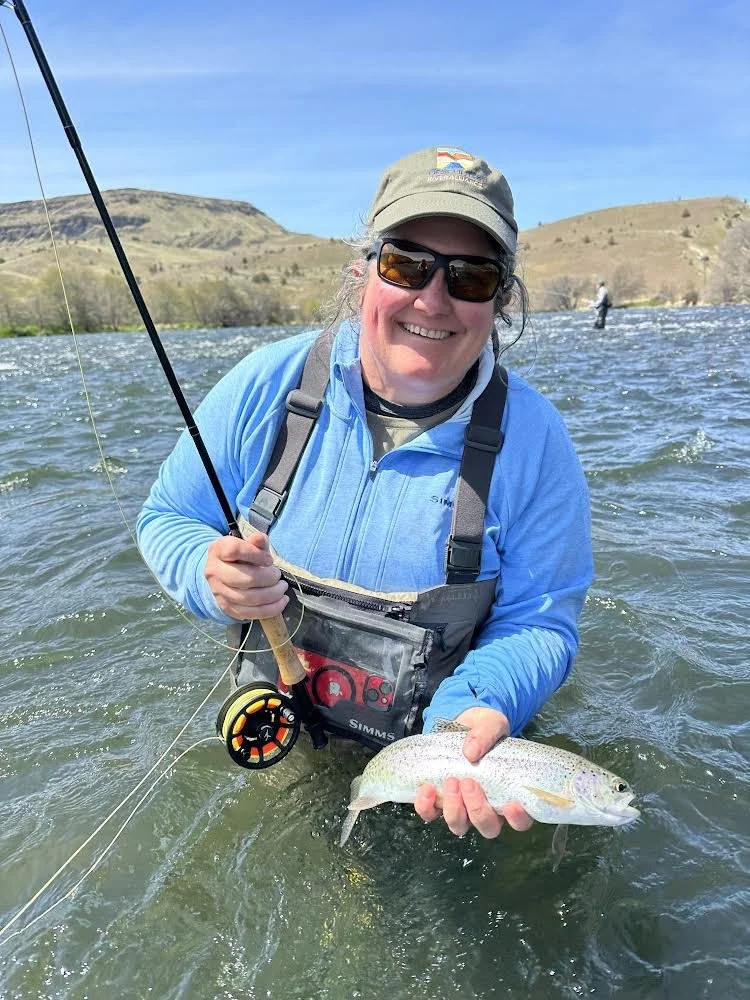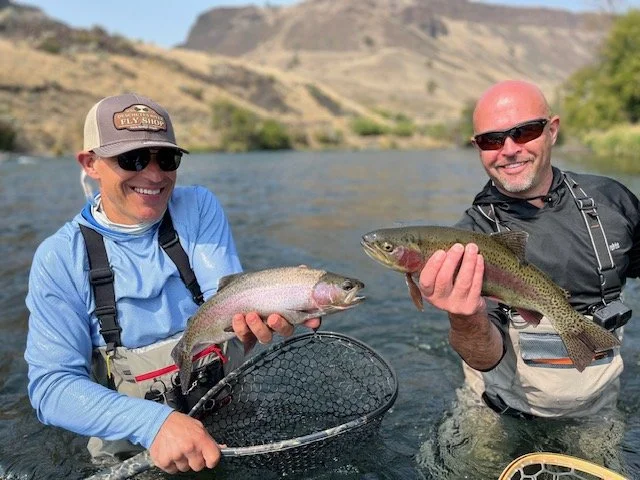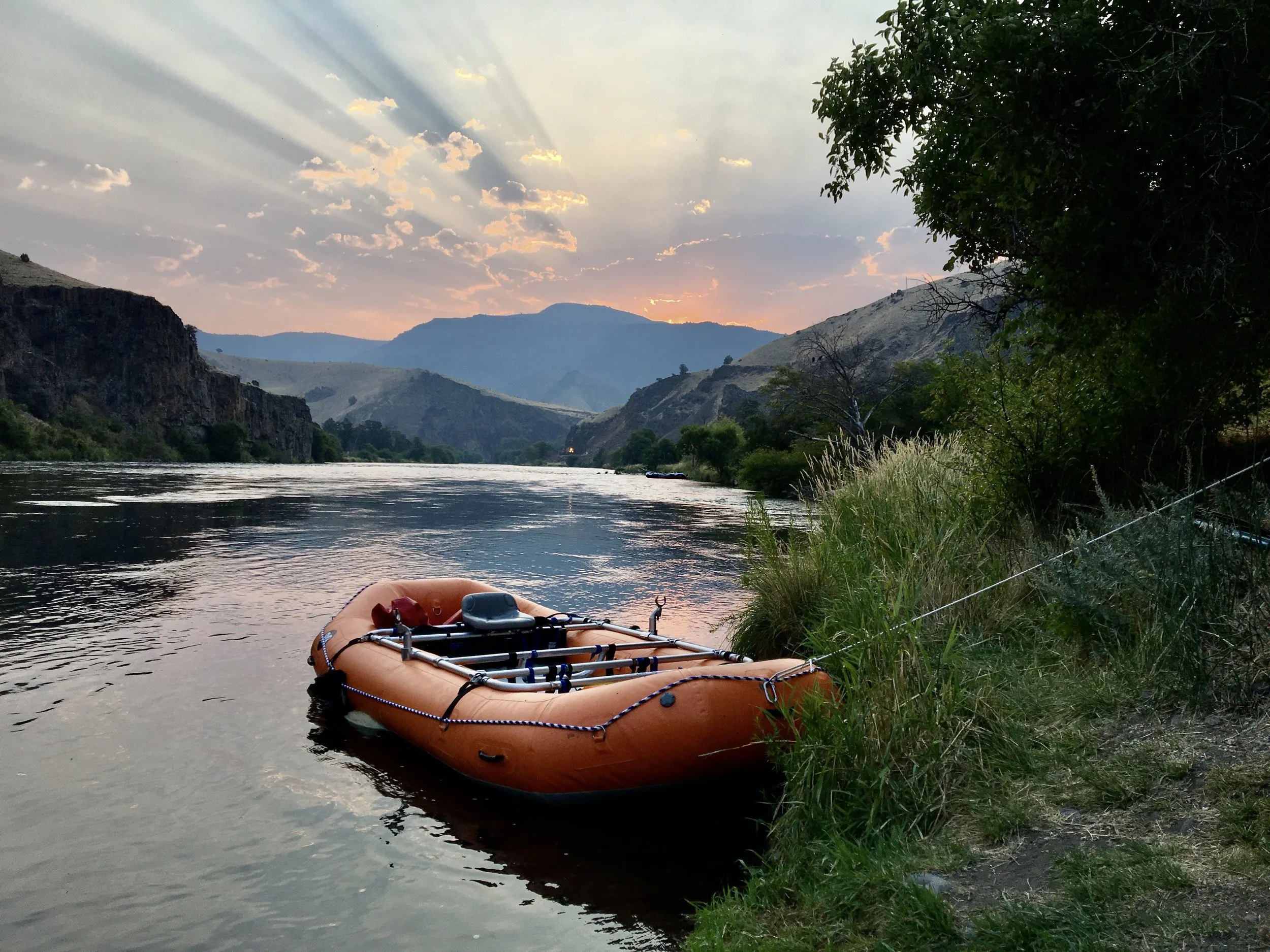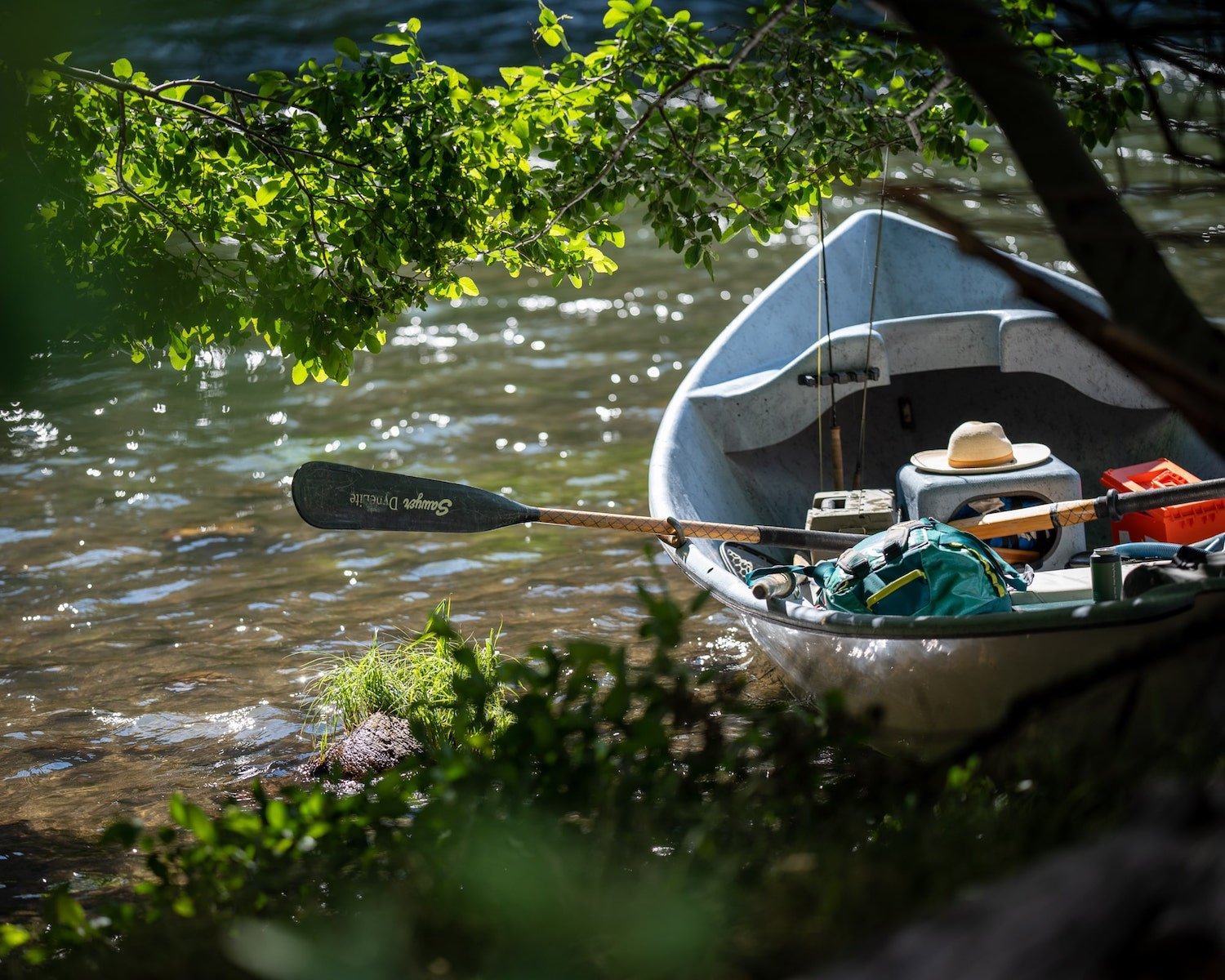pH Reveals More than Temperature on the Lower Deschutes
River Getting Warmer
It’s that time of year when anglers begin monitoring the temperature of the Deschutes with a furrowed brow. Especially in late spring and early summer, the water in the lower river has been significantly warmer, due to the operation of Portland General Electric’s Selective Water Withdrawal Tower. No doubt, the warmer water has caused its share of problems. Bass and walleye have been aided by it. And any time the Deschutes is above the legal standard of 68 degrees, the health of trout, salmon and steelhead is put at risk. Yet another water quality parameter tells us just as much if not more about the imperiled state of the lower river.
The DRA prides itself on being a science-based advocacy organization. A key component of our work is providing real-time water quality data via our website that can be accessed anytime, by anyone. We monitor the health of the lower river, and have been doing so since our inception nearly eleven years ago. To do this, we’ve installed sophisticated water quality monitoring devices that provide information on river temperature, pH, dissolved oxygen and turbidity levels. Over the years, we’ve gathered a wealth of data. One thing we’ve learned: the lower Deschutes is routinely in violation of the legal pH standard. These violations, in turn, risk the health of the river’s iconic fish.
Salmonflys were abundant and the weather perfect for this mid- May float on the lower Deschutes. Photo by Eric Hoest.
What is pH?
pH is a scale, numbered 0 to 14, that measures how acidic or alkaline something is. Numbers below 7.0 indicate a substance that’s more acidic, while numbers higher than 7.0 indicate a substance that is more alkaline. For example, lemon juice has a pH of around 3.0, and bleach has a pH around 12. The pH standard for most waters in Oregon, including the lower Deschutes, is 6.5-8.5. pH levels lower or higher than the standard create significant risks for salmonids and other aquatic life.
Deschutes pH: It’s Not Easy Being Green
On the lower Deschutes River, nutrients from municipal, industrial, and agricultural runoff flow into Lake Billy Chinook, the upper most reservoir of the three reservoirs comprising the Pelton Round Butte Complex. Once entrained in the water column, these nutrients accelerate aquatic plant growth, including the growth of stalked diatom algae that has proliferated since the Tower began operations. Aquatic plants and algae photosynthesize throughout the day. Without getting too far into the chemistry of it, high rates of photosynthesis deplete dissolved inorganic carbon in the water, which raises pH levels during the day. This phenomenon is what we’re seeing, day after day, on the lower Deschutes River, now going on for fourteen years. This is not a coincidence. The pH violations began piling up precisely when Portland General Electric’s Selective Water Withdrawal Tower became operational in late 2009.
pH Violations Make Trouble for Young Salmonids
Salmonids, trout included, are vulnerable in prenatal form, when their eggs incubate in fine gravels in a riverbed. Among the requirements for successful egg development is water that isn’t too acidic or basic. A study exposing trout eggs to a pH of 9 reduced hatch rates by fifty percent. Elevated pH can also ‘blind' aquatic creatures that rely on perception of dissolved chemical cues for their survival by impairing their chemosensory abilities.
High pH can worsen water quality, by increasing the toxicity of certain chemicals found in water. As the U.S. Environmental Protection Agency describes it, “even small changes in pH can shift community composition in streams. This is because pH alters the chemical state of many pollutants (e.g., copper, ammonia), changing their solubility, transport and bioavailability. This can increase exposure to and toxicity of metals and nutrients to aquatic plants and animals.”
The Fix
DRA’s water monitoring data clearly shows that pH in the lower Deschutes drops quickly when cold, and less nutrient rich, water from the depths of Lake Billy Chinook flows through Round Butte Dam and into the lower Deschutes. Currently this does not happen frequently enough. For eight months out of the year, warm polluted surface water from the Lake Billy Chinook flows into the lower river. The DRA proposes flipping this script: we want the maximum amount of cold, clean water to flow into the lower river year round, with the exception of March 15th to June 15th, when surface water withdrawal would be allowed to facilitate the collection of outmigrating juvenile salmon and steelhead. It’s a simple fix. All we need is a critical mass of voices to make it happen. Let’s get after it.
More From The Blog
Subscribe the the DRA Newsletter
The Deschutes River Alliance is your focused voice to protect the lower Deschutes River, its cold water flows and the fish and wildlife that are sustained by them. We send regular emails with important data and news about the lower Deschutes River. We will not sell or loan your contact information to others.
How to Support the DRA
Everyone wants clean, healthy water in the Deschutes River. Oregonians cherish our clean and healthy waterways to provide drinking water, wildlife habitat and recreational activities. The lower Deschutes River is a federally designated Wild & Scenic River, and a national treasure. It must be protected for the environmental and economic health of Central Oregon. We believe by working together we can return the lower Deschutes River to full health.






















